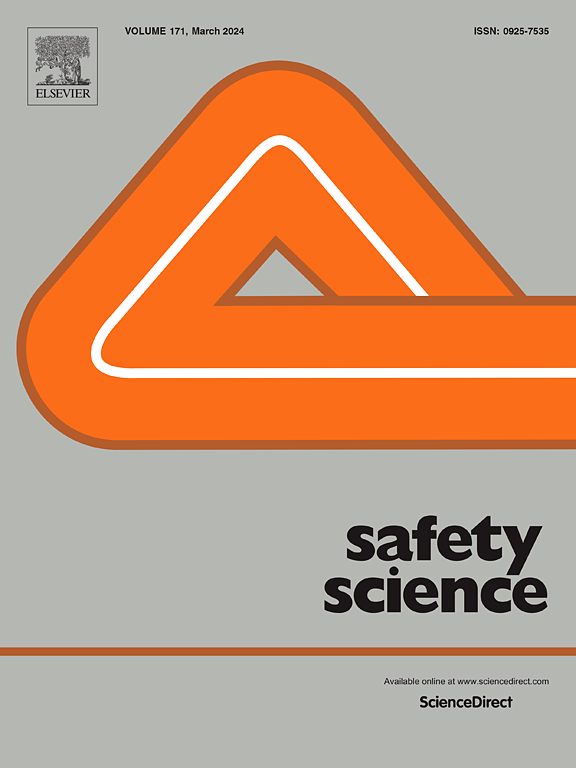Building capacity for the prevention and management of work-related violence in hospitals: Developing and testing a suite of systems thinking resources
IF 4.7
1区 工程技术
Q1 ENGINEERING, INDUSTRIAL
引用次数: 0
Abstract
Preventing and managing work-related violence (WRV) in hospitals is a significant and complex issue. To date, there have been extensive efforts to address this workplace health and safety issue through establishment of policies, standards, and staff training initiatives. Despite these efforts, WRV continues to represent a critical risk. Given the multi-faceted and complex nature of WRV in healthcare, systems thinking approaches offer a novel and promising way forward. However, the practical application of systems thinking in healthcare safety management practice requires further exploration. The overall objective of this study was to address the research-practice gap by supporting the application of systems thinking for addressing WRV in hospitals. Two studies were undertaken to achieve the objective. The first study aimed to develop a systems thinking-based model of safety management for the prevention and management of WRV in hospitals, and to use this model to prioritise resources for further development. The second study aimed to evaluate the three systems thinking-based safety management resources (supporting risk assessment, incident investigation and reporting culture) via a series of stakeholder workshops. Participants considered the resources to be practical and appropriate for implementation in the hospital sector. Several barriers to implementation of the resources were also raised by participants, and it is recommended these be addressed to support uptake in practice.
建设医院预防和管理与工作有关的暴力行为的能力:开发和测试一套系统思维资源
在医院预防和管理与工作有关的暴力是一个重大而复杂的问题。迄今为止,通过制定政策、标准和员工培训举措,为解决这一工作场所健康和安全问题作出了广泛努力。尽管做出了这些努力,WRV仍然是一个严重的风险。鉴于医疗保健中WRV的多面性和复杂性,系统思维方法提供了一种新颖而有前途的前进方式。然而,系统思维在医疗安全管理实践中的实际应用还有待进一步探索。本研究的总体目标是通过支持系统思维在医院解决WRV的应用来解决研究与实践之间的差距。为实现这一目标,进行了两项研究。第一项研究旨在开发一种基于系统思维的安全管理模型,用于医院WRV的预防和管理,并利用该模型优先考虑资源以供进一步发展。第二项研究旨在通过一系列利益相关者研讨会评估三种基于系统思维的安全管理资源(支持风险评估、事件调查和报告文化)。与会者认为,这些资源切实可行,适合在医院部门实施。与会者还提出了执行资源的若干障碍,建议解决这些障碍,以支持在实践中加以利用。
本文章由计算机程序翻译,如有差异,请以英文原文为准。
求助全文
约1分钟内获得全文
求助全文
来源期刊

Safety Science
管理科学-工程:工业
CiteScore
13.00
自引率
9.80%
发文量
335
审稿时长
53 days
期刊介绍:
Safety Science is multidisciplinary. Its contributors and its audience range from social scientists to engineers. The journal covers the physics and engineering of safety; its social, policy and organizational aspects; the assessment, management and communication of risks; the effectiveness of control and management techniques for safety; standardization, legislation, inspection, insurance, costing aspects, human behavior and safety and the like. Papers addressing the interfaces between technology, people and organizations are especially welcome.
 求助内容:
求助内容: 应助结果提醒方式:
应助结果提醒方式:


